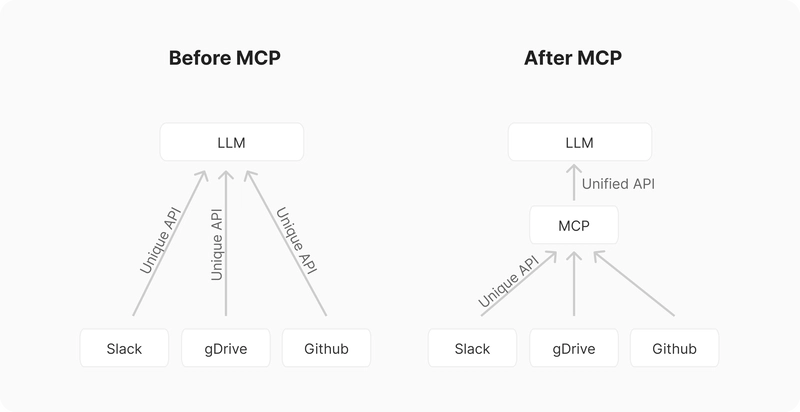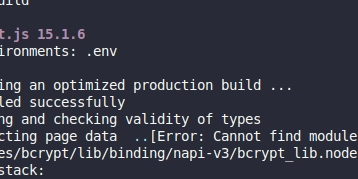How to Change Emulator Settings for Android Tests?
In this article, we will break down how to change your Android emulator settings specifically to disable animations before running tests. For developers and testers, ensuring a smooth test execution can sometimes be hindered by animations running on the device. Disabling these animations can lead to faster test execution and more reliable results. So, let’s explore how to adjust these settings efficiently. Why Disable Animations on Android Emulators? Animations can sometimes lead to flaky tests as they increase the time it takes for the app to respond. This might cause tests to fail for reasons unrelated to the functionality being tested, thus wasting time during the testing process. By disabling animations, tests perform better, run faster, and provide more consistency. Step-by-Step Guide to Disable Animations Step 1: Open the Emulator Settings To access the emulator's settings, you need to launch your Android Emulator. Here’s how: Start your Android Emulator via Android Studio or your command line. Once the emulator is up and running, unlock the screen if it’s locked. Step 2: Navigate to Developer Options You need to enable Developer Options if you haven't already. Here’s how: Go to Settings on your emulator. Scroll down and select About phone. Locate Build number and tap it seven times to enable Developer Options. Go back to Settings and look for Developer options. Step 3: Disable Animations Now that you're in Developer Options, follow these steps: Find the options labeled Window Animation Scale, Transition Animation Scale, and Animator Duration Scale. Tap on each and set them to Animation off. With these settings adjusted, animations will be disabled on your emulator, leading to a better testing environment. Automating the Process Using ADB While the manual method is effective, you can automate this process using Android Debug Bridge (ADB) commands. This is particularly helpful if you want to set up your emulator programmatically before executing your tests. Here’s how you can do it: Step 1: Ensure ADB is Installed Before using ADB commands, you need to make sure you have ADB set up on your system. If you installed Android Studio, ADB is included. Step 2: Execute Commands to Disable Animations Open your command line interface and execute the following commands: adb shell settings put global window_animation_scale 0 adb shell settings put global transition_animation_scale 0 adb shell settings put global animator_duration_scale 0 These commands will permanently disable animations for the duration you are using that emulator instance. Make sure to run these commands every time you start your tests to ensure the settings are applied. Step 4: Verify Settings After executing the commands, you can use the following command to check if the animations are disabled: adb shell settings get global window_animation_scale If the output is 0, the setting is applied successfully. Frequently Asked Questions (FAQ) Can I re-enable animations after tests? Yes, you can re-enable animations using similar ADB commands: adb shell settings put global window_animation_scale 1 adb shell settings put global transition_animation_scale 1 adb shell settings put global animator_duration_scale 1 Is it possible to script this process? Absolutely! You can include the ADB commands in your test scripts to automate the process of disabling animations each time before tests run. Does this change affect real devices? No, the settings applied through ADB commands only affect the emulator's environment. Real devices require individual manual adjustment or automation via settings in the respective application contexts. Conclusion Disabling animations in the Android emulator is a straightforward yet crucial step for optimizing your test runs. Whether you prefer manual adjustments or scripting with ADB commands, this guide should streamline your processes, ultimately leading to more efficient testing cycles.

In this article, we will break down how to change your Android emulator settings specifically to disable animations before running tests. For developers and testers, ensuring a smooth test execution can sometimes be hindered by animations running on the device. Disabling these animations can lead to faster test execution and more reliable results. So, let’s explore how to adjust these settings efficiently.
Why Disable Animations on Android Emulators?
Animations can sometimes lead to flaky tests as they increase the time it takes for the app to respond. This might cause tests to fail for reasons unrelated to the functionality being tested, thus wasting time during the testing process. By disabling animations, tests perform better, run faster, and provide more consistency.
Step-by-Step Guide to Disable Animations
Step 1: Open the Emulator Settings
To access the emulator's settings, you need to launch your Android Emulator. Here’s how:
- Start your Android Emulator via Android Studio or your command line.
- Once the emulator is up and running, unlock the screen if it’s locked.
Step 2: Navigate to Developer Options
You need to enable Developer Options if you haven't already. Here’s how:
- Go to Settings on your emulator.
- Scroll down and select About phone.
- Locate Build number and tap it seven times to enable Developer Options.
- Go back to Settings and look for Developer options.
Step 3: Disable Animations
Now that you're in Developer Options, follow these steps:
- Find the options labeled Window Animation Scale, Transition Animation Scale, and Animator Duration Scale.
- Tap on each and set them to Animation off.
With these settings adjusted, animations will be disabled on your emulator, leading to a better testing environment.
Automating the Process Using ADB
While the manual method is effective, you can automate this process using Android Debug Bridge (ADB) commands. This is particularly helpful if you want to set up your emulator programmatically before executing your tests. Here’s how you can do it:
Step 1: Ensure ADB is Installed
Before using ADB commands, you need to make sure you have ADB set up on your system. If you installed Android Studio, ADB is included.
Step 2: Execute Commands to Disable Animations
Open your command line interface and execute the following commands:
adb shell settings put global window_animation_scale 0
adb shell settings put global transition_animation_scale 0
adb shell settings put global animator_duration_scale 0
These commands will permanently disable animations for the duration you are using that emulator instance. Make sure to run these commands every time you start your tests to ensure the settings are applied.
Step 4: Verify Settings
After executing the commands, you can use the following command to check if the animations are disabled:
adb shell settings get global window_animation_scale
If the output is 0, the setting is applied successfully.
Frequently Asked Questions (FAQ)
Can I re-enable animations after tests?
Yes, you can re-enable animations using similar ADB commands:
adb shell settings put global window_animation_scale 1
adb shell settings put global transition_animation_scale 1
adb shell settings put global animator_duration_scale 1
Is it possible to script this process?
Absolutely! You can include the ADB commands in your test scripts to automate the process of disabling animations each time before tests run.
Does this change affect real devices?
No, the settings applied through ADB commands only affect the emulator's environment. Real devices require individual manual adjustment or automation via settings in the respective application contexts.
Conclusion
Disabling animations in the Android emulator is a straightforward yet crucial step for optimizing your test runs. Whether you prefer manual adjustments or scripting with ADB commands, this guide should streamline your processes, ultimately leading to more efficient testing cycles.







































































































































































![[The AI Show Episode 146]: Rise of “AI-First” Companies, AI Job Disruption, GPT-4o Update Gets Rolled Back, How Big Consulting Firms Use AI, and Meta AI App](https://www.marketingaiinstitute.com/hubfs/ep%20146%20cover.png)


























































































































![[DEALS] The Premium Python Programming PCEP Certification Prep Bundle (67% off) & Other Deals Up To 98% Off – Offers End Soon!](https://www.javacodegeeks.com/wp-content/uploads/2012/12/jcg-logo.jpg)















































































































































_Aleksey_Funtap_Alamy.jpg?width=1280&auto=webp&quality=80&disable=upscale#)
_Sergey_Tarasov_Alamy.jpg?width=1280&auto=webp&quality=80&disable=upscale#)












































































































![Apple Foldable iPhone to Feature New Display Tech, 19% Thinner Panel [Rumor]](https://www.iclarified.com/images/news/97271/97271/97271-640.jpg)
![Apple Developing New Chips for Smart Glasses, Macs, AI Servers [Report]](https://www.iclarified.com/images/news/97269/97269/97269-640.jpg)
![Apple Shares New Mother's Day Ad: 'A Gift for Mom' [Video]](https://www.iclarified.com/images/news/97267/97267/97267-640.jpg)
![Apple Shares Official Trailer for 'Stick' Starring Owen Wilson [Video]](https://www.iclarified.com/images/news/97264/97264/97264-640.jpg)










































































































